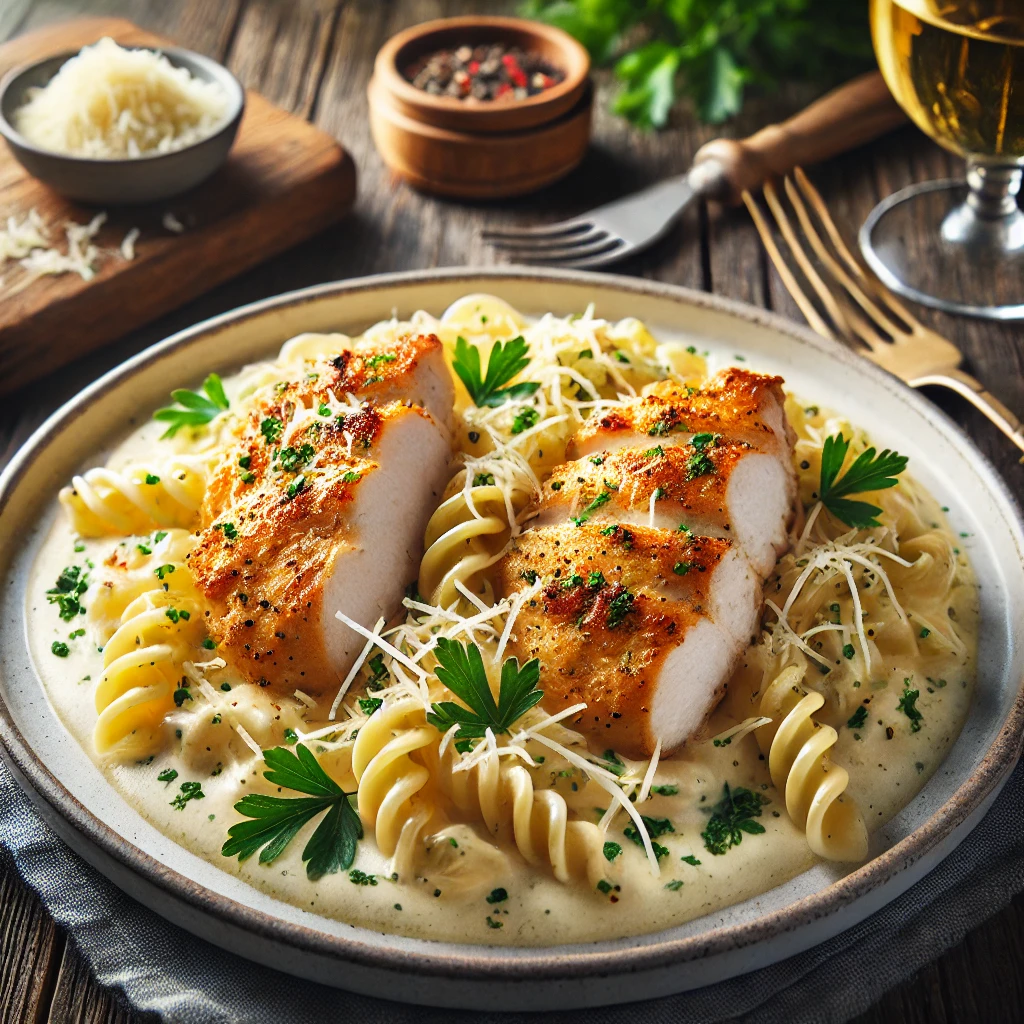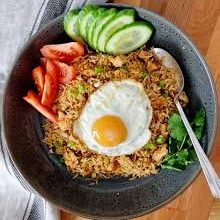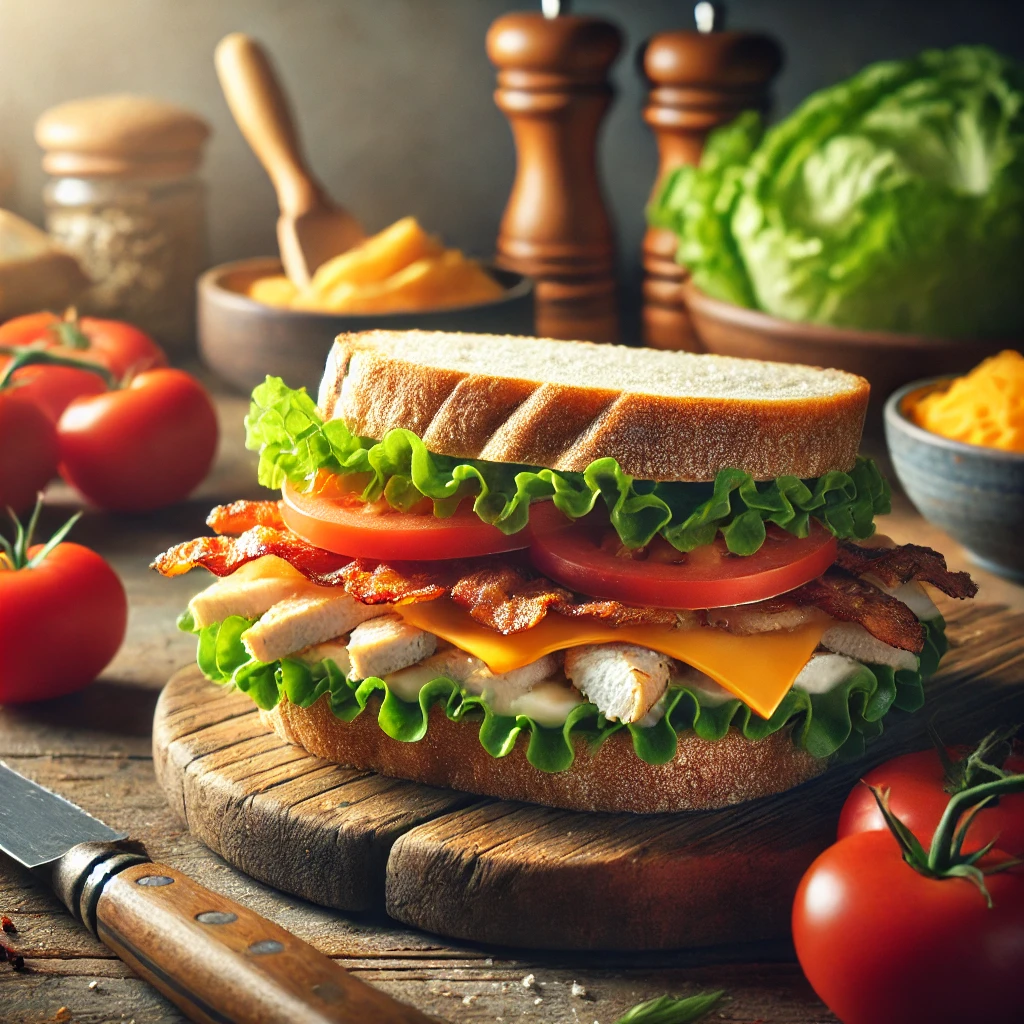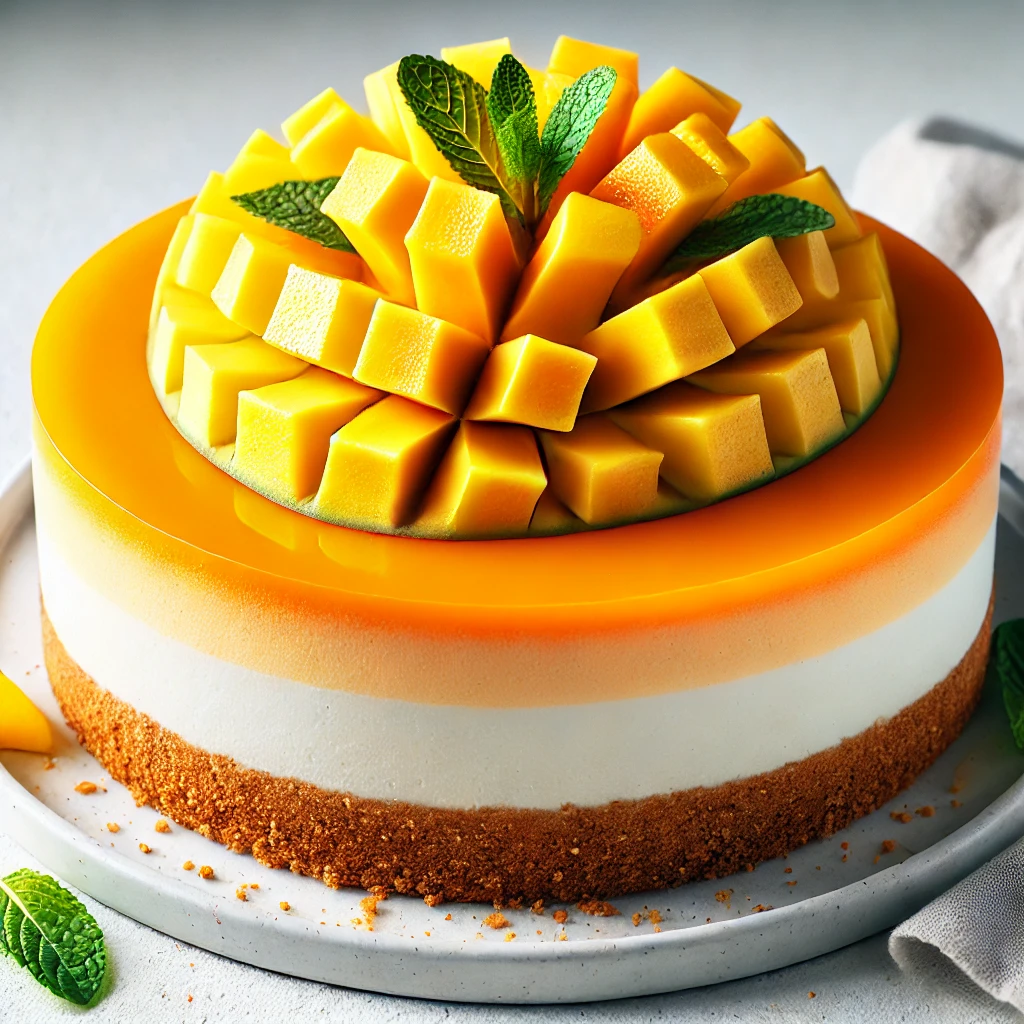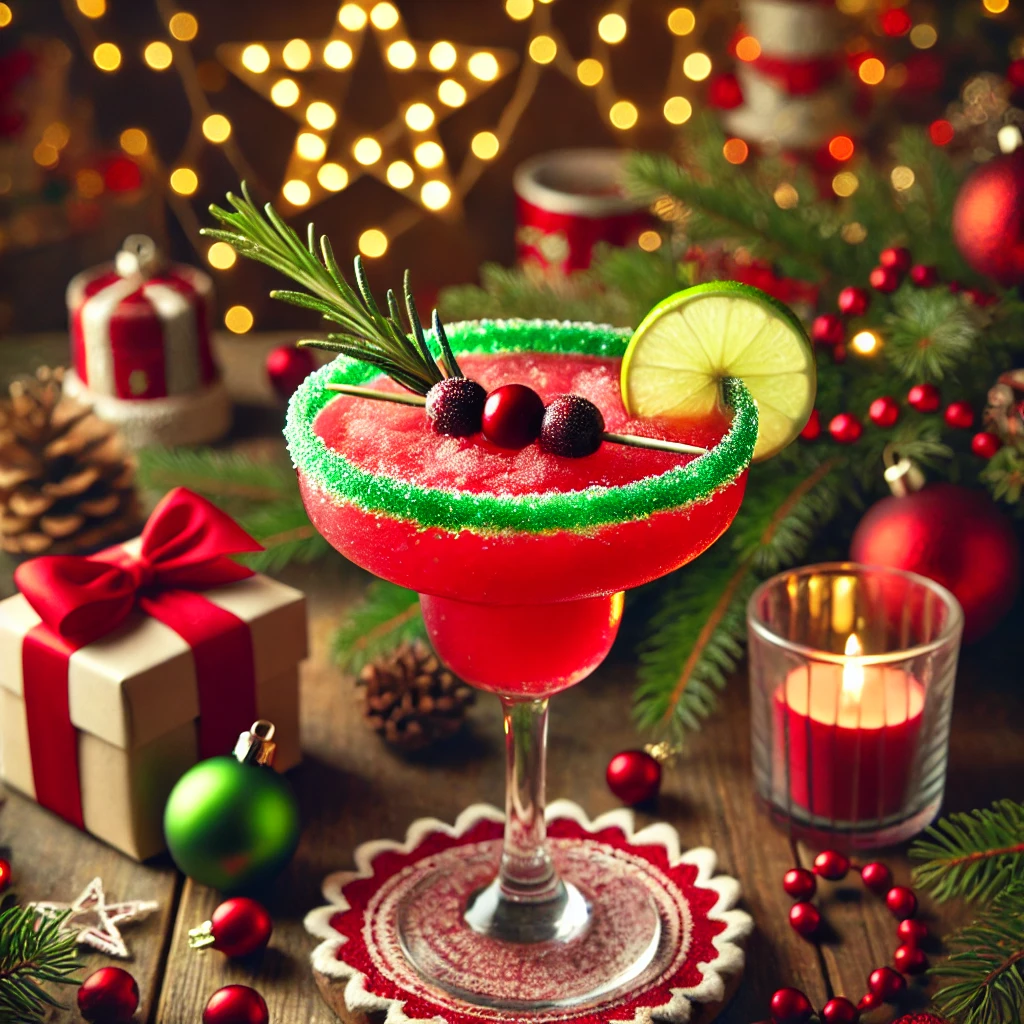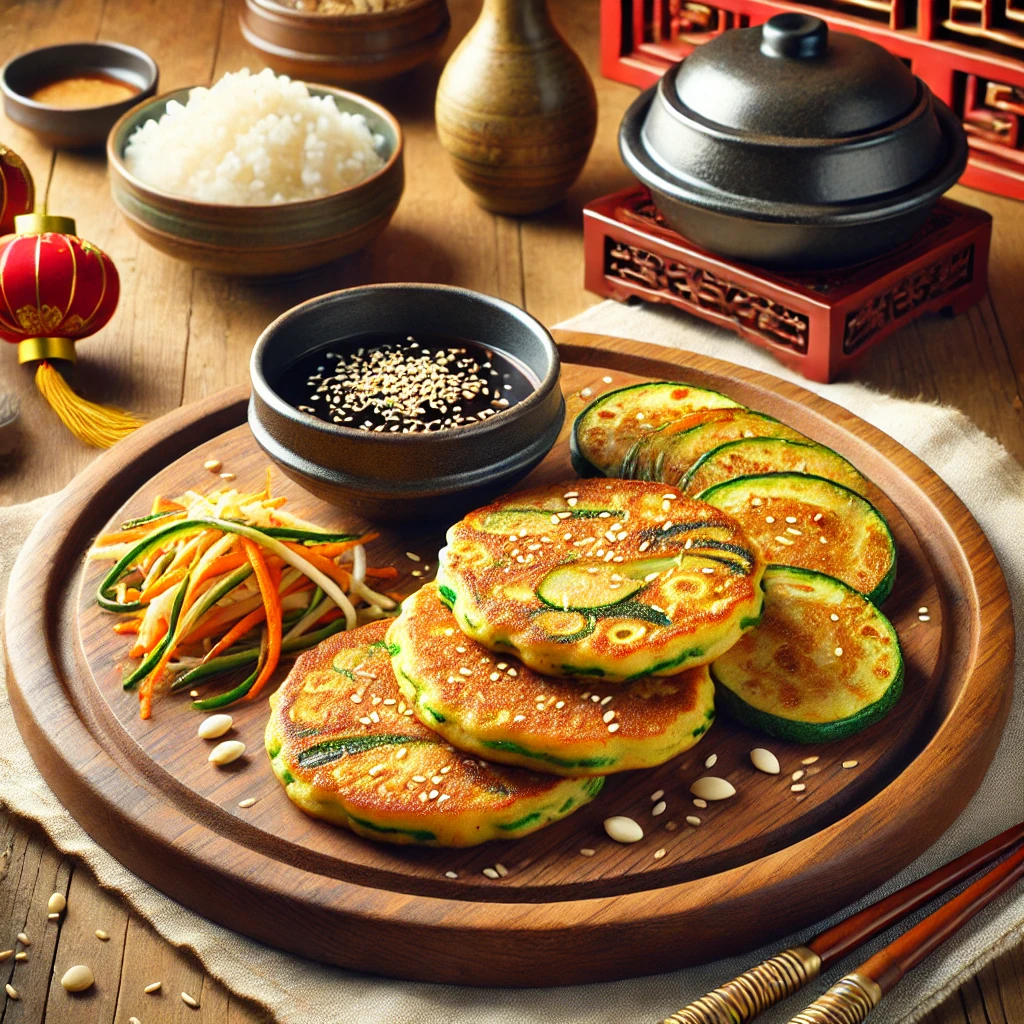
Jeon Recipe: A Staple Korean New Year Food
Korean New Year, known as Seollal, is a significant celebration marked by family gatherings, ancestral rituals, and a table full of traditional delicacies. Among the wide array of dishes, jeon—savory Korean pancakes—is a must-have. Jeon is versatile, easy to prepare, and perfect for the festive atmosphere of Seollal.
What is Jeon?
Jeon refers to a variety of pan-fried dishes made from vegetables, meat, or seafood, often coated in a light batter. This dish is symbolic of togetherness as it’s usually prepared as a family activity, with everyone contributing to the cooking process. Popular types of jeon include pajeon (scallion pancakes), kimchijeon (kimchi pancakes), and hobakjeon (zucchini pancakes).
Ingredients for Classic Vegetable Jeon
To make a classic vegetable jeon, you will need:
Vegetables: Zucchini, carrots, bell peppers, mushrooms, or scallions
Eggs: 2 large eggs
Flour: 1 cup (all-purpose or Korean pancake mix)
Water: 1/2 cup
Salt and Pepper: To taste
Oil: For frying (vegetable or sesame oil)
Optional: Seafood (shrimp or squid) or meat (ground pork or beef)
Preparing Jeon for Korean New Year

Step 1: Prep the Ingredients
- Slice the vegetables thinly for even cooking. If using seafood or meat, chop them into small, manageable pieces.
- In a bowl, mix flour and water to create a smooth batter. Season with salt and pepper.
Step 2: Combine and Coat
- In a separate bowl, beat the eggs.
- Mix the vegetables (and any added protein) into the batter.
Step 3: Fry to Perfection
- Heat a frying pan over medium heat and add a generous amount of oil.
- Scoop a ladle of the batter onto the pan and spread it thinly.
- Fry until the edges turn golden brown, then flip and cook the other side.
Dipping Sauce (Yangnyeomjang)
No jeon is complete without a flavorful dipping sauce. Combine the following ingredients:
2 tbsp soy sauce
1 tbsp vinegar
1 tsp sesame oil
1 tsp sugar
Chopped scallions and sesame seeds
Why Jeon is Special During Seollal
Jeon’s presence on the New Year table is more than just a culinary tradition. Its golden, round shape symbolizes wealth and prosperity. The process of preparing jeon also fosters family bonding, a key aspect of Korean New Year celebrations.
Variations to Try
- Kimchijeon: Add chopped kimchi to the batter for a spicy twist.
- Haemuljeon: Include seafood like shrimp or squid for a coastal flavor.
- Hobakjeon: Use thin zucchini slices, lightly dipped in batter and egg.
Tips for Perfect Jeon
- Use a Non-Stick Pan: Prevent sticking and ensure an even golden crust.
- Thin Batter: A slightly runny batter creates a light and crispy pancake.
- Serve Fresh: Jeon is best served hot for the perfect texture.
Serving Jeon at Seollal
During Seollal, jeon is often served alongside other traditional dishes like tteokguk (rice cake soup) and galbijjim (braised short ribs). It’s placed on a large communal table, where families enjoy the feast together.
Conclusion
Jeon is more than just a dish; it’s a celebration of Korean culture and family togetherness. Whether you’re making it for Seollal or a casual meal, its simplicity and versatility make it a beloved staple. As you gather with loved ones this Korean New Year, enjoy the rich flavors and the joy of sharing this iconic food.

